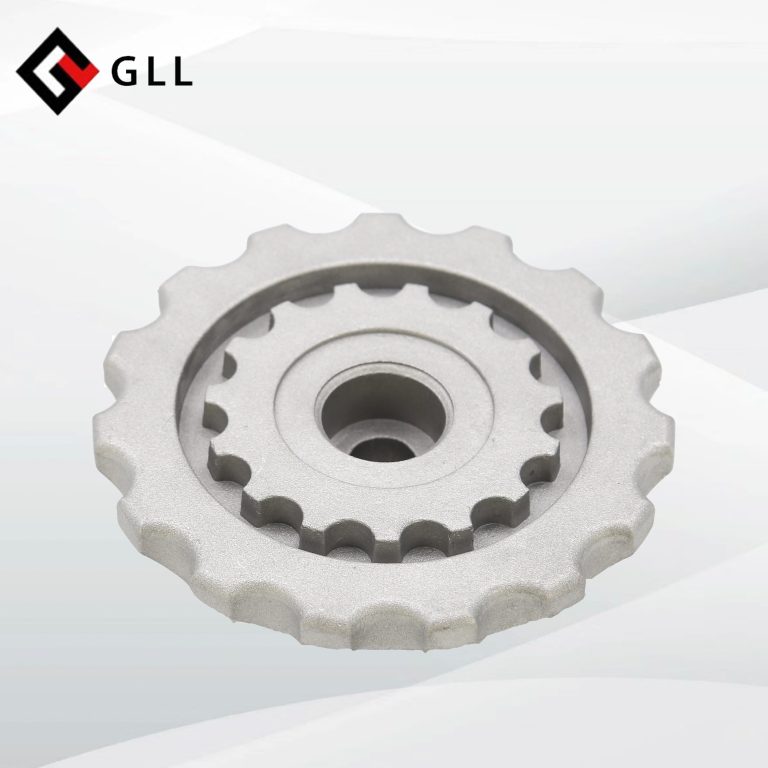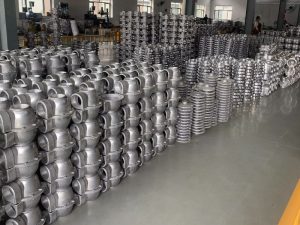
Investment casting, also known as lost-wax casting, is a process used to create complex metal parts that require a high level of accuracy and detail, it is a precision casting process in which a wax or plastic pattern is used to create a ceramic shell mold that is then filled with molten metal to produce a designed product. The process is widely used to create intricate shapes and designs, and can be used to produce parts ranging from a few ounces to hundreds of pounds.
Investment casting can produce parts with tight tolerances, excellent surface finish, and minimal post-processing required.Some industries that commonly use investment casting include aerospace, automotive, medical, and defense. Investment casting can produce a wide range of products, such as turbine blades, aircraft engine parts, dental implants, surgical instruments, and firearm components. It is also used in the jewelry industry to produce intricate designs.


| Tooling Material | Aluminum,45#, P20, H13, 718, 1.2344, 1.2738 and so on |
| Material | 304, 316, 45#, 42CrMo4, 20#steel or as customers demand. |
| Casting Tolerance | DIN 7168-m, CT9-CT10 |
| Dimension | 3mm to 2000mm |
| Tooling Life | 50K pieces |
| Quality Test | CMM |
| Part Weight | from 3 g — 20kgs |
| Surface Treatment | Mill-Finished, Powder Coating, Polishing, Brushing, etc. |
| Drawing format | IGES, STEP, AutoCAD, SOLIDWORKS, STL, PTC Creo, DWG, PDF, etc.. |
| Deep Processing | CNC / Cutting / Punching / Checking / Tapping / Drilling / Milling |


Copyright © 2023·GLL CASTINGAll rights reserved.